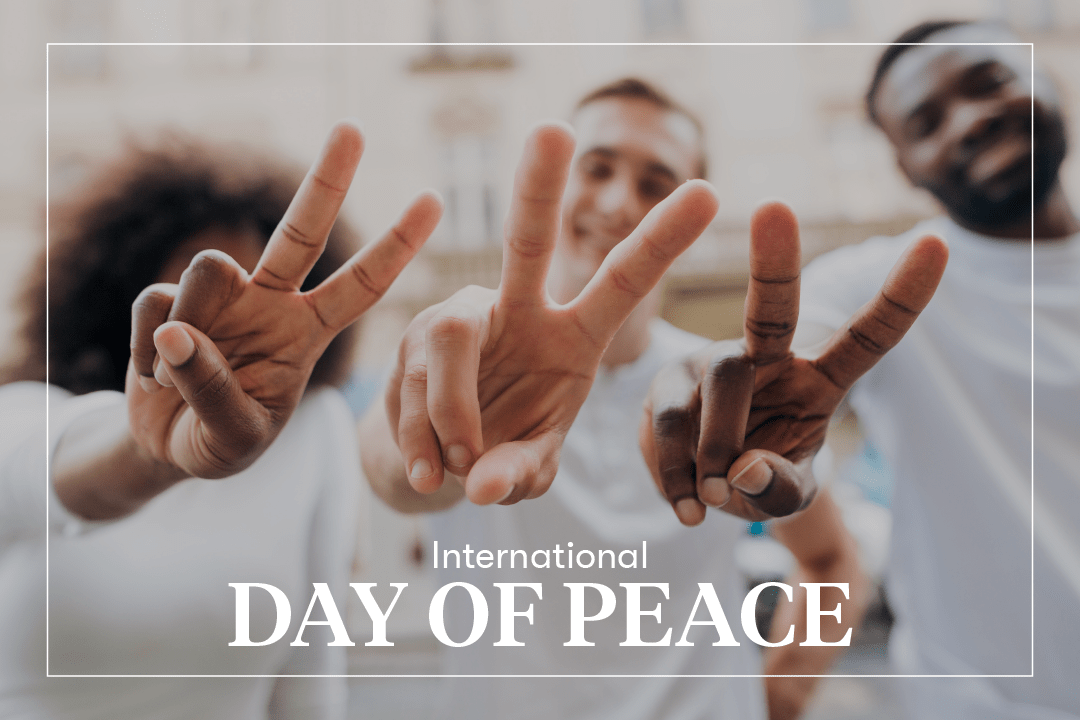
Every year on September 21st, we observe the International Day of Peace. This is a day when we reflect on whether there have been measurable advancements in Sustainable Development Goal 16, specifically our efforts to promote peaceful, just, and inclusive societies.
Today more than ever, issues driving violent conflict in fragile states are far more complex and interconnected. Those countries experiencing violent conflict often are subjected to the devastation of climate change, food insecurity, economic and political upheaval, and mass displacement.
In an era of increasing globalization, these challenges do not remain contained within the borders but create regional insecurity. We are seeing these dynamics play out in the Northern Triangle, Libya, Somalia, and Sudan to name only a few. Our approach to stabilizing these environments can no longer be siloed; instead, we need to take a multi-faceted approach that requires cross-border delivery of humanitarian assistance, promoting peacebuilding, and developing effective and responsive institutions equipped to manage acute crises.
The theme of this year’s International Day of Peace is Actions for Peace: Our
Ambition for the #GlobalGoals. This theme challenges each of us, through collective action, to advance SGD 16 by serving as agents of change and creating the conditions for peace in our own communities as well as those we serve abroad. Creating and fostering a culture where peace and justice is a shared task, reaffirms our commitment — and responsibility — as humanitarian and development actors to design strategies and activities that emphasize inclusivity, social justice, and building bridges within and between communities in conflict.
DT Global and other implementing partners are in the unique position of identifying windows of opportunity to interrupt cycles of violence and recognize early warning signs of potential conflict. Our programs afford us firsthand, hyper-localized knowledge in the conflict-affected and fragile environments in which we operate. This deep, on-the-ground experience has taught us how to work with communities to recognize early warning signs and design programs that target potential flashpoints for conflict. We can then serve as partners with communities, providing tools and resources to help them mitigate violent conflict and foster social cohesion.
We also know that greater integration between development and humanitarian actors can create opportunities to provide urgent assistance that simultaneously saves lives and sets the stage for longer term social and economic development. Most importantly, greater coordination between actors provides an opportunity to more deliberately engage in conflict prevention to break the cycles of violence and put societies on the path toward sustainable peace.
This year, I challenge each of us to identify what we can do to make this a safer, more prosperous world where those who are marginalized, targeted, or excluded can benefit and thrive. Are there opportunities within your community to promote dialogue between groups in conflict? How can we promote gender equality so all can benefit? What technology or innovations can be leveraged to promote social equity and inclusion? We have the skills, knowledge, and the tools to promote peace; we just need to seize the opportunities, take appropriate actions, and unlock the potential in ourselves and the next generation to make a difference and strengthen peace in our own communities.